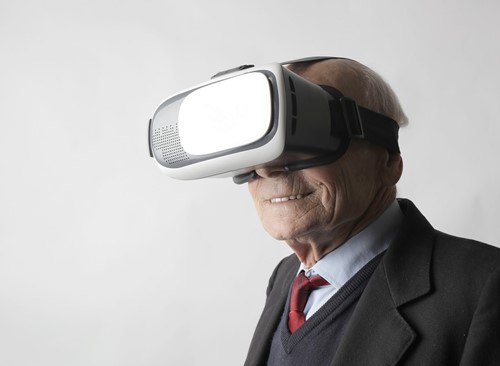
Photo by Andrea Piacquadio from Pexels
Virtual reality headsets make it possible for everyday people to enjoy the wonders of VR technology in their own homes. With the rise in popularity and availability, new options emerge in the market all the time. If you’re interested in trying out VR yourself, it’s difficult to know where to start. Luckily, you can decide easier by considering the several basic types of VR headset available for sale.
Here are the major categories of virtual reality headsets:
Mobile VR Headsets
This type of VR headset uses your smartphone. Essentially, it’s a wearable device like large goggles with lenses that you can place your smartphone into. The lenses take the image from your phone and create two separate images which gives you the VR effect by surrounding you with the view. These are the least expensive and easiest types of VR headsets available and they’re also conveniently wireless. All the power and processing comes from your smartphone, so you don’t need to connect to any other devices. The downside to mobile VR headsets is that because they rely on your smartphone, the quality can vary wildly. Phone screens might be “VR compatible” but they are still not specifically designed for 3D interactive displays. This means you won’t get as high quality a visual experience as some of the other types.
Standalone Headsets
Standalone VR headsets are completely independent devices. They don’t need your phone, PC or any cables to work. These are also called “all in one” VR headsets for this reason. The device has integrated technology similar to the way a tablet or phone would work. They come with handheld controllers for interacting with VR games and apps, but those connect wirelessly. In terms of price, this type of VR headset is mid-range. You will definitely spend more on a standalone than a mobile headset because it has built-in processing power rather than relying on a phone. Some of these headsets connect wirelessly to nearby consoles or computers to work and others use small power packs you either clip onto your clothing or put in your pocket. Understanding these differences is important, especially if you’re trying to determine what will work best in your home.
PC-Based Headsets
The PC-based or “tethered” variety of VR headset is the most powerful and the most expensive. PC headsets provide the highest quality and most immersive experience compared to the other varieties, partially because of the dedicated displays and motion sensors. They also need to be hooked up to a computer in order to run. While this will definitely give you the best of the best in terms of virtual reality experience, you will definitely pay for it in convenience and money. PC headsets have cables connecting the device to your computer, which can cause tripping hazards and create clutter in your space. The hardware requirements for your computer are pretty strict, so you will need a top of the line PC in order to run the headset. The headsets alone are usually several hundred dollars so it’s a significant entertainment investment with a potentially big return.
VR technology is becoming more advanced and more affordable every day. This means there will always be choices for those who are interested in getting started. Overall, the best way to try VR is likely to start with a mobile headset that you can use with your existing smartphone. If you can test out any of the headsets in person, the experience will be valuable in telling you what feels best and will work best in your home environment.